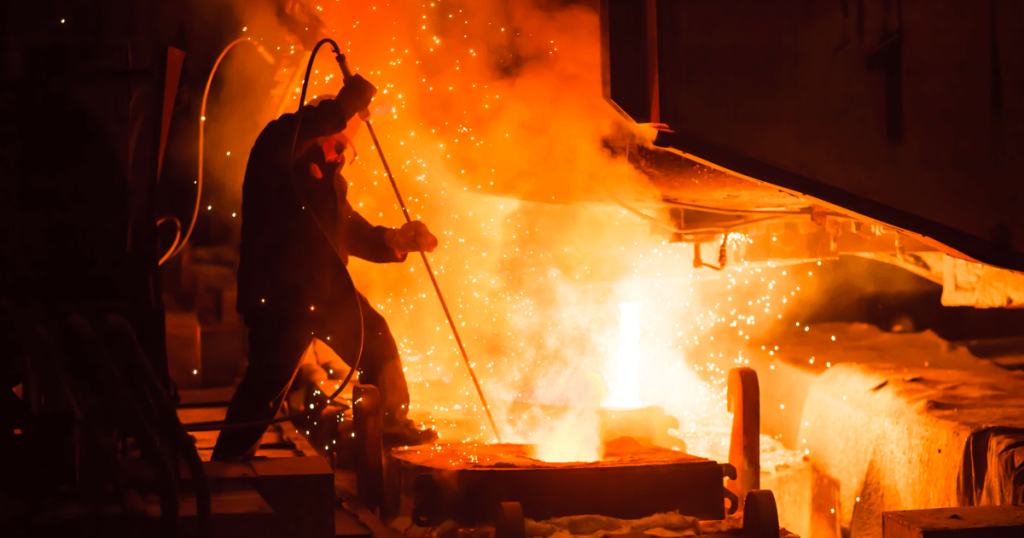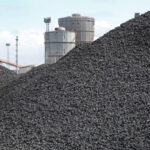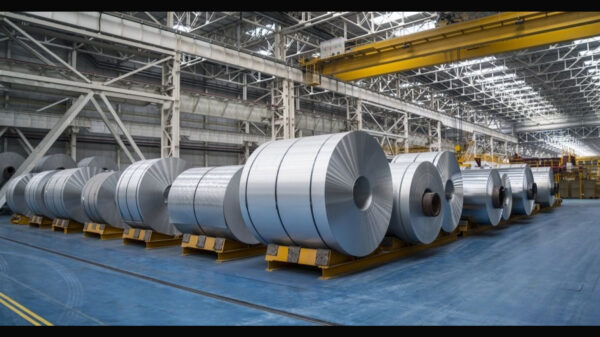UKRAINE: Despite facing multiple challenges, Zaporizhstal, a Soviet-era steel plant situated in the southern Ukrainian city of Zaporizhzhia, has defied the odds to continue its operations. The plant, which temporarily shut down last year for the first time since World War II, is a symbol of resilience in a sector grappling with staff shortages, blocked exports, power blackouts, and the looming threat of Russian missile attacks.
Director Roman Slobodianiuk, well aware of the uncertainties surrounding his plant and the broader steel industry in Ukraine, remains cautiously optimistic. However, the path to recovery remains elusive for a sector that has long been second only to agriculture in its contribution to Ukraine’s economy. The dire situation in Ukraine’s steel industry is primarily attributed to export challenges. As long as the Black Sea route, essential for exporting steel to global markets, remains plagued by threats to shipping posed by Russia, the industry’s prospects remain bleak.
Oleksandr Kalenkov, the head of Ukraine’s steelmakers’ union, stressed the critical nature of open seaports, stating, “If we do not have open seaports, our industry will not survive, and all other (industries) will follow us.”
Once a thriving industry that produced over 50 million Tonnes annually during Soviet times, steel production in Ukraine plummeted to 21-22 million Tonnes by 2021. The figure further plummeted to just 6.3 million Tonnes in 2022 following Russia’s invasion, with a 17% year-on-year production drop in the first nine months of 2023.
Domestic demand, partially driven by rebuilding efforts in war-damaged areas and increased weapons production, has provided some relief. However, it remains insufficient to compensate for the industry’s previously robust export volumes.
To circumvent the export blockade via the Black Sea, steelmakers are diverting their production to Europe via rail. However, the cost of rail transport is approximately four times higher than seaborne transport. The industry utilizes around half of the 1,800 cargo cars moving from Ukraine to Europe daily, with an annual rail export limit of roughly 3 million Tonnes. Less than 100,000 Tonnes of steel have passed through southern ports around Odesa in 2023, which is a mere fraction of what the industry requires.
While Kyiv explores a “humanitarian corridor” along the coasts of Ukraine, Romania, Bulgaria and Turkey to bypass Russian threats, the situation remains precarious due to ongoing conflict in Ukraine and the Black Sea region. Port infrastructure in and around Odesa has recently come under intensified attack from Russia.
In addition to export challenges, steelworks are grappling with staff shortages, despite operating at reduced capacity. The proximity of Zaporizhzhia to frontlines and a nuclear power plant under Russian control has led to several hundred employees leaving the city. Additionally, around 1,050 workers have joined the armed forces, with 40 casualties reported.
The Zaporizhstal plant has lost around 20% of its pre-invasion workforce of approximately 10,000. Irregular power supplies also pose a threat as winter approaches, with about 40% of the electricity network damaged by Russian attacks last winter, causing significant production losses.
The steel industry, once a cornerstone of Ukraine’s economy, now faces an uphill battle as it navigates a complex landscape of geopolitical challenges and operational obstacles. As Ukraine seeks to rebuild and recover, the future of its steel sector remains uncertain.










